Nestled in the heart of Phitsanulok, Northern Thailand, Wat Phra Si Rattana Mahathat—commonly known as Wat Yai—is a treasure trove of history, culture, and spiritual significance. This iconic Buddhist temple houses the highly revered Phra Phuttha Chinnarat, a Buddha statue celebrated for its exquisite craftsmanship. Whether you're drawn by its rich temple history, its architectural splendor, or its serene ambiance, Wat Yai offers an unforgettable experience. This guide covers everything you need to know, from its storied past and why it's worth a visit to practical photography tips and travel advice.

The History of Wat Phra Si Rattana Mahathat in Phitsanulok
Wat Phra Si Rattana Mahathat was built in 1357 during the reign of King Li Thai of the Sukhothai Kingdom. Its establishment was a testament to the religious devotion of the era, aimed at spreading Buddhism in the region. Over centuries, the temple has undergone renovations and restorations while retaining its historical essence.
The temple’s most iconic feature, the Phra Phuttha Chinnarat, was cast during the same period and remains one of the most celebrated Buddha images in Thailand. Its distinctive golden radiance and intricate flame-like halo make it a masterpiece of Thai Buddhist art. Today, Wat Yai is not only a place of worship but also a symbol of the rich heritage of Phitsanulok.
Why Wat Phra Si Rattana Mahathat Is Worth Visiting
Spiritual Significance Wat Yai is a deeply spiritual site, attracting pilgrims and visitors seeking blessings and peace. The Phra Phuttha Chinnarat, often regarded as one of the most beautiful Buddha images in Thailand, is the centerpiece of devotion.
Architectural Marvel The temple complex showcases traditional Thai architecture with influences from the Sukhothai and Ayutthaya periods. The intricate carvings, grand stupas, and beautifully maintained grounds make it a feast for the eyes.
Cultural Insight A visit to Wat Yai offers a glimpse into the religious practices and cultural traditions of Northern Thailand. Witnessing the daily rituals performed by monks is a humbling experience.
Accessibility Located in the heart of Phitsanulok, the temple is easy to access, making it a convenient addition to any Northern Thailand itinerary.
Photography Tips for Capturing Wat Yai’s Essence
Photographing Wat Phra Si Rattana Mahathat requires a mix of timing, perspective, and creativity. Here are some tips to help you make the most of your visit:
Golden HourVisit during the early morning or late afternoon to capture the soft, golden light that enhances the temple's golden details and surrounding landscapes.
Focus on DetailsThe Phra Phuttha Chinnarat is a photographer’s dream. Use a zoom lens to capture its intricate halo and serene expression.
Wide-Angle ShotsUse a wide-angle lens to capture the grandeur of the temple’s main hall and surrounding stupas.
Respect the SpaceAlways be mindful of worshippers. Avoid using flash or obstructing rituals, as the temple is primarily a place of worship.
Seasonal ConsiderationsVisiting during the cooler months (November to February) not only makes your visit more comfortable but also provides clear skies for vibrant photographs.
Location and How to Get There
Wat Phra Si Rattana Mahathat is located in the city center of Phitsanulok, a bustling hub in Northern Thailand.
Address: Nai Mueang Subdistrict, Mueang Phitsanulok District, Phitsanulok Province, Thailand.
By Air: Phitsanulok Airport is the nearest airport, with regular flights from Bangkok. From the airport, the temple is a short 15-minute taxi ride.
By Train: Phitsanulok is a major stop on the northern railway line connecting Bangkok and Chiang Mai. The temple is a 10-minute tuk-tuk ride from Phitsanulok Railway Station.
By Bus: Long-distance buses from Bangkok and other cities in Thailand frequently stop at Phitsanulok’s central bus terminal.
By Car: Phitsanulok is about a 5-hour drive from Bangkok. The city is well-connected by major highways.
Best Times to Visit
Wat Yai is open year-round, but timing your visit can enhance your experience:
Early Morning: Avoid the crowds and enjoy a serene atmosphere. The morning light is perfect for photography.
Festivals: Visiting during festivals like Songkran or Buddhist holidays offers a unique cultural experience, as the temple becomes a hub of activity.
Cool Season: From November to February, the weather is pleasant, making your visit more enjoyable.
Exploring Beyond Wat Yai
Phitsanulok offers more than just Wat Yai. While in the area, consider visiting:
Phitsanulok Night Bazaar: Experience local food and crafts.
Sgt. Maj. Thawee Folk Museum: Learn about traditional Thai lifestyles.
Nan River: A serene spot for a riverside stroll or boat ride.
Tips for First-Time Visitors
Dress Modestly: As a Buddhist temple, visitors should wear clothing that covers shoulders and knees.
Stay Hydrated: Phitsanulok can get hot, so carry water with you.
Respect Local Customs: Observe silence in the temple and remove your shoes before entering sacred areas.

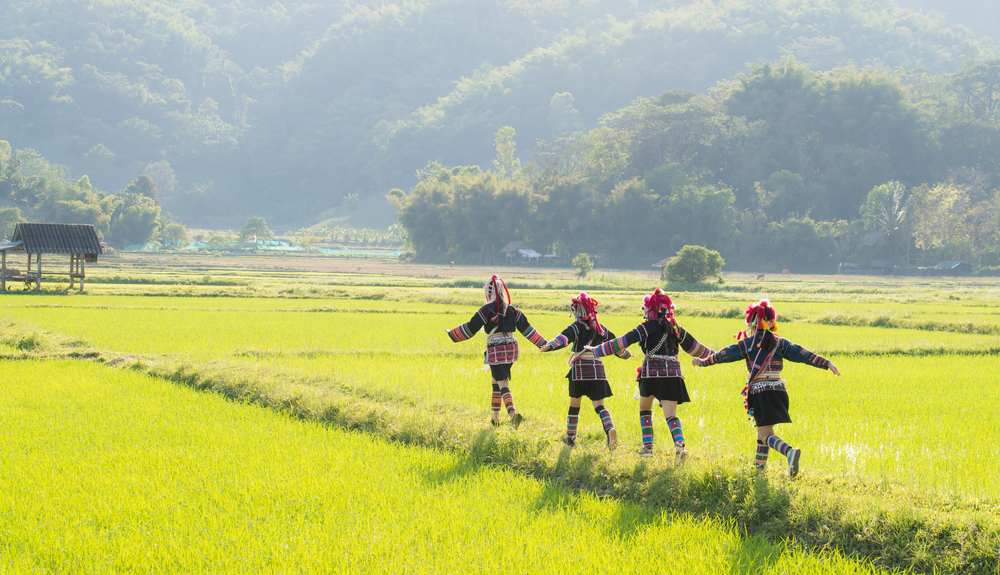
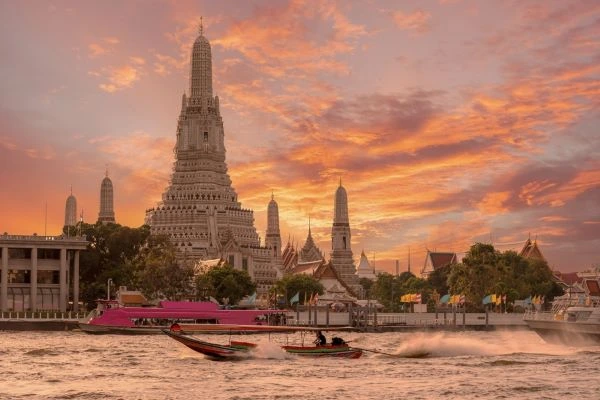
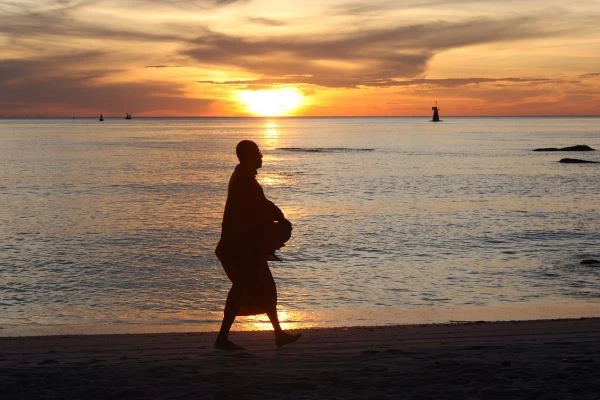
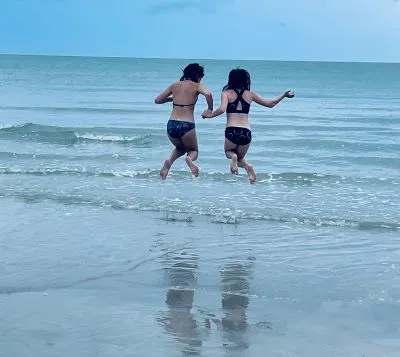
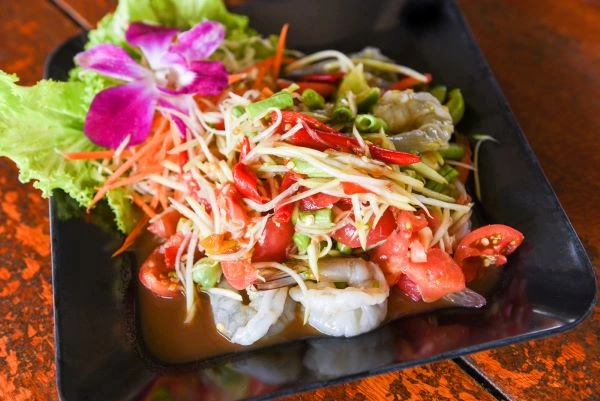

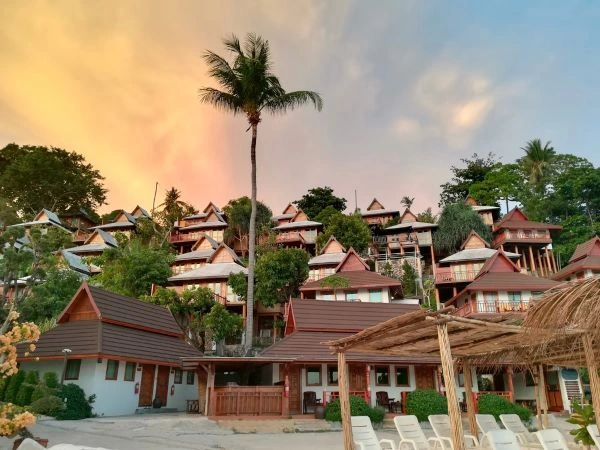




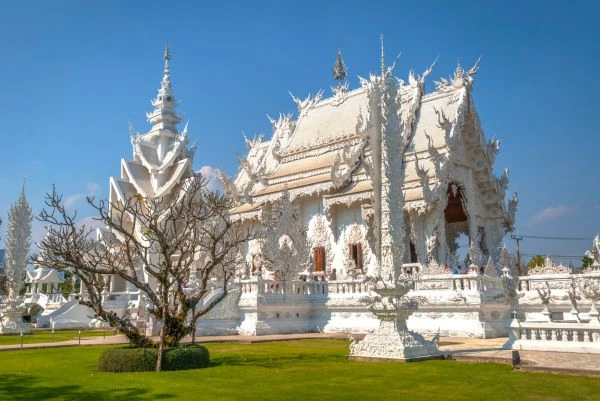
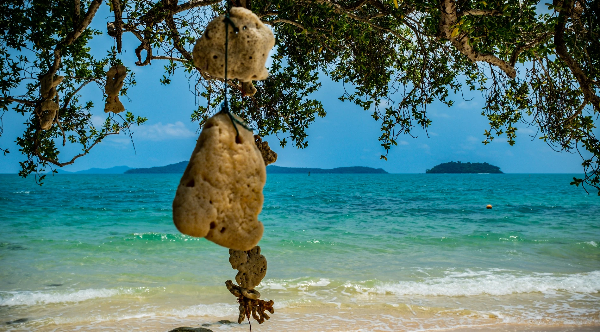






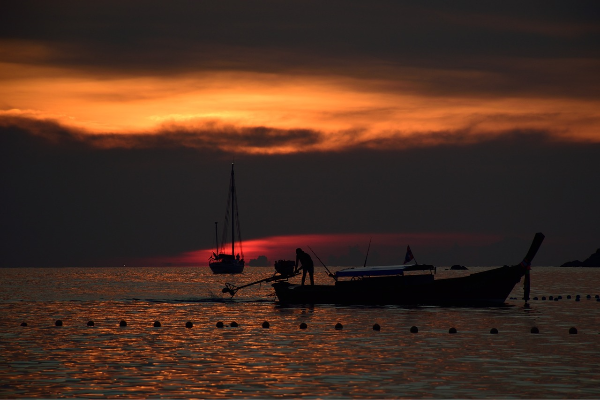
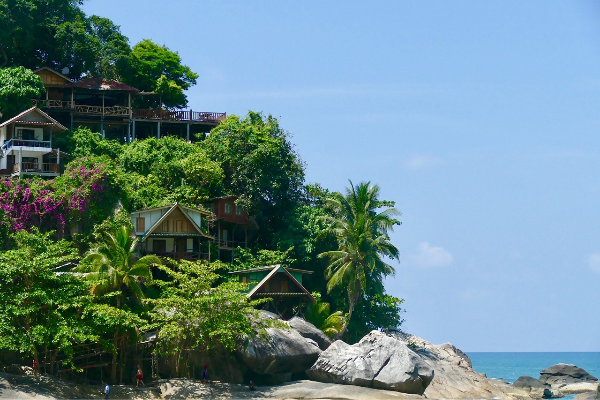














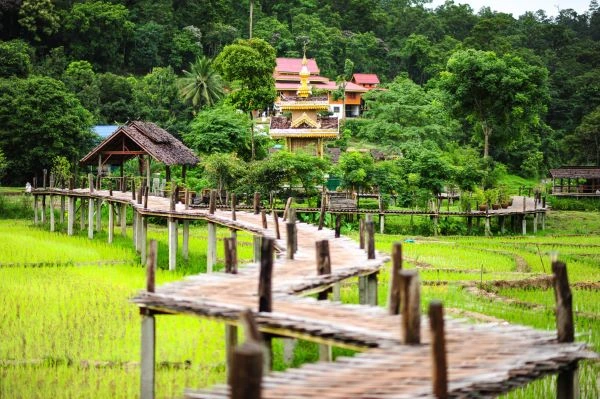
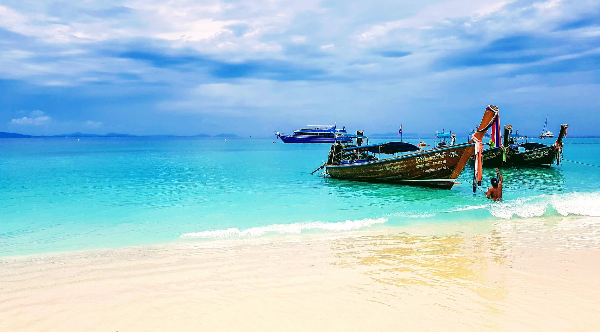


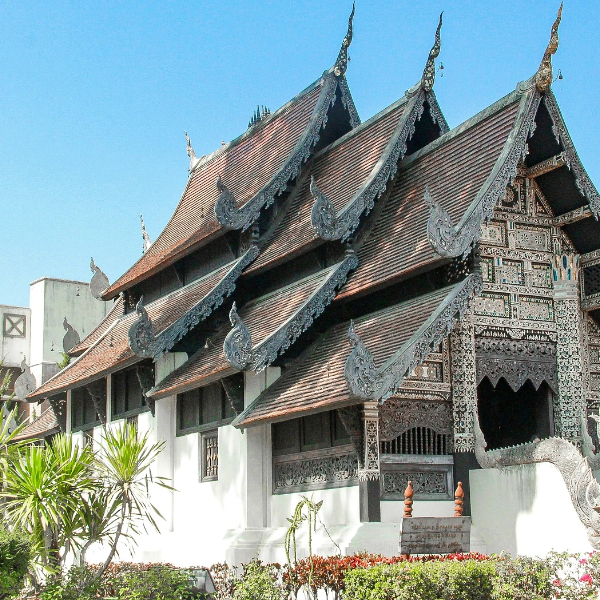
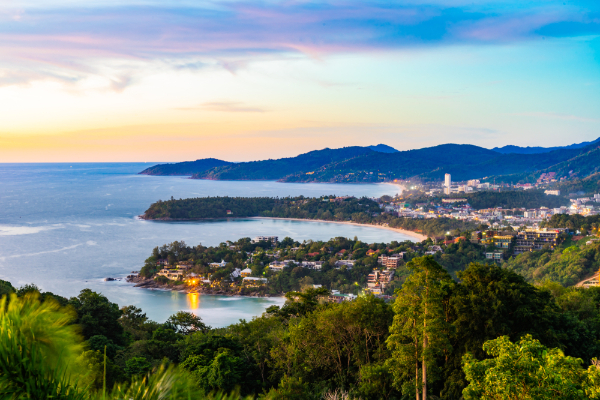




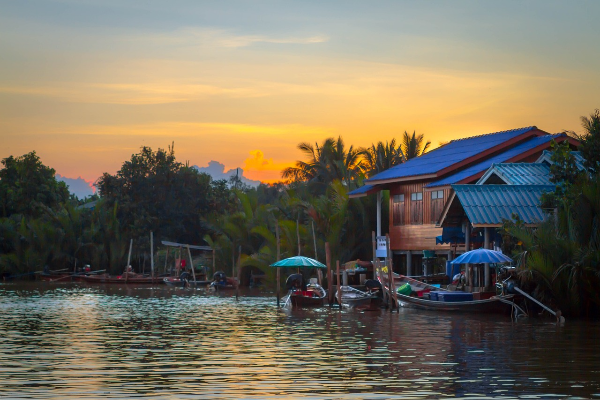


Comments